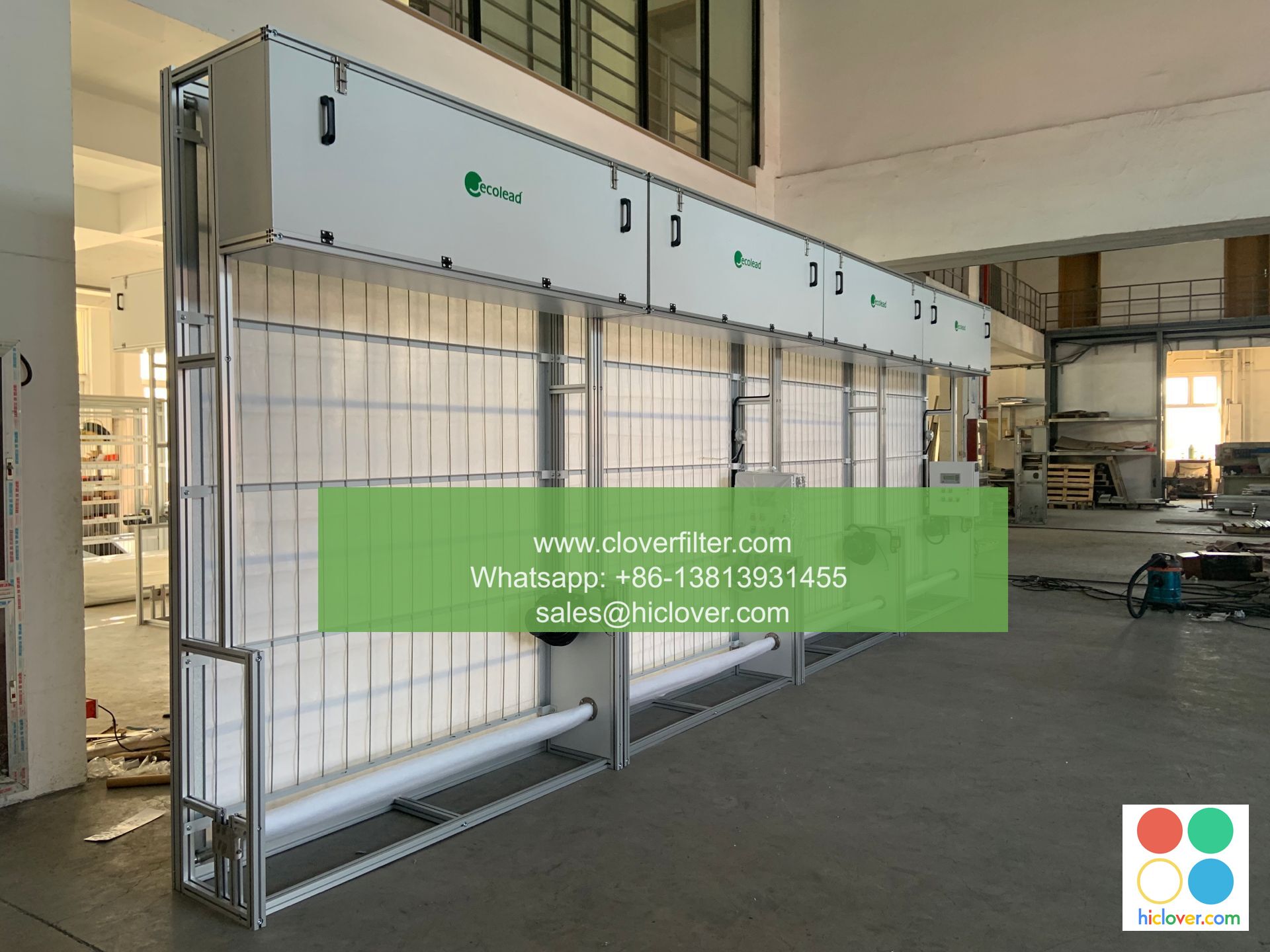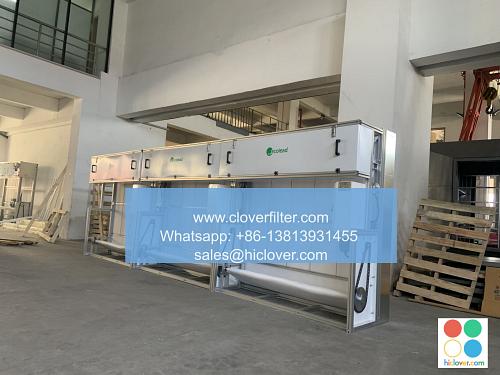The Connection between Air Filters and Humidity Levels

Air filters and humidity levels are two crucial factors that contribute to indoor air quality. While air filters are designed to remove pollutants and particles from the air, humidity levels can significantly impact their effectiveness. In this article, we will explore the connection between air filters and humidity levels, highlighting various application areas and key considerations for indoor air quality management, humidity control, and air purification systems.
How Air Filters Work
Air filters are designed to capture airborne particles, such as dust, pollen, and other pollutants, from the air. They typically consist of a filter media, such as fiberglass or pleated paper, that traps particles as air passes through. The effectiveness of an air filter depends on various factors, including the type of filter media, airflow rate, and particle size. High-quality air filters can significantly improve indoor air quality by removing particulate matter, volatile organic compounds (VOCs), and other pollutants.
The Impact of Humidity on Air Filters
Humidity levels can profoundly impact the performance of air filters. When the air is humid, the filter media can become saturated with water, reducing its ability to capture particles. This is because water molecules can fill the pores of the filter media, making it more difficult for air to pass through. As a result, the air filter’s efficiency can decrease, allowing more particles to pass through and compromising indoor air quality. Furthermore, high humidity can also lead to the growth of mold and bacteria on the filter media, which can exacerbate respiratory issues and other health problems.
Application Areas: Where Air Filters and Humidity Control Matter
The connection between air filters and humidity levels is critical in various application areas, including:
* Commercial buildings: Offices, schools, and hospitals require effective air filtration and humidity control to maintain a healthy indoor environment.
* Industrial settings: Manufacturing facilities, warehouses, and other industrial spaces often involve processes that generate high levels of airborne particles and humidity.
* Residential homes: Proper air filtration and humidity control are essential for maintaining a comfortable and healthy living space.
* Healthcare facilities: Hospitals, clinics, and other healthcare settings require stringent air quality control to prevent the spread of infections and maintain patient health.
Strategies for Managing Air Filters and Humidity Levels
To optimize the performance of air filters and maintain healthy humidity levels, consider the following strategies:
* Regular filter maintenance: Replace air filters regularly to ensure they remain effective and efficient.
* Humidity control systems: Install dehumidifiers or humidistats to maintain optimal humidity levels (between 30-60% relative humidity).
* Air purification systems: Consider using HEPA filters, activated carbon filters, or UV air purifiers to supplement traditional air filters.
* Monitoring and testing: Regularly monitor indoor air quality and test for humidity levels to ensure optimal conditions.
Conclusion
The connection between air filters and humidity levels is a critical aspect of indoor air quality management. By understanding the impact of humidity on air filters and implementing effective strategies for managing both, we can create healthier, more comfortable indoor environments. Whether in commercial, industrial, residential, or healthcare settings, proper air filtration and humidity control are essential for maintaining optimal indoor air quality and promoting occupant health and well-being. You’ve given me a prompt, but it doesn’t contain any information or question for me to respond to. Can you please provide more context or clarify what you would like to talk about? I’m here to help and will do my best to provide a helpful and informative response. What’s on your mind?

